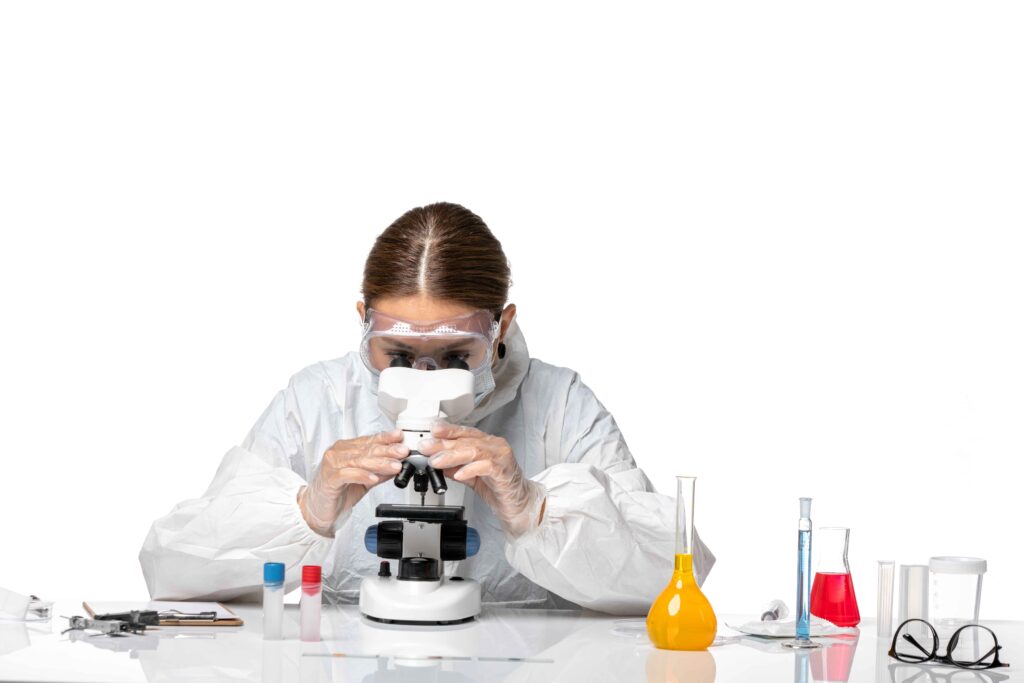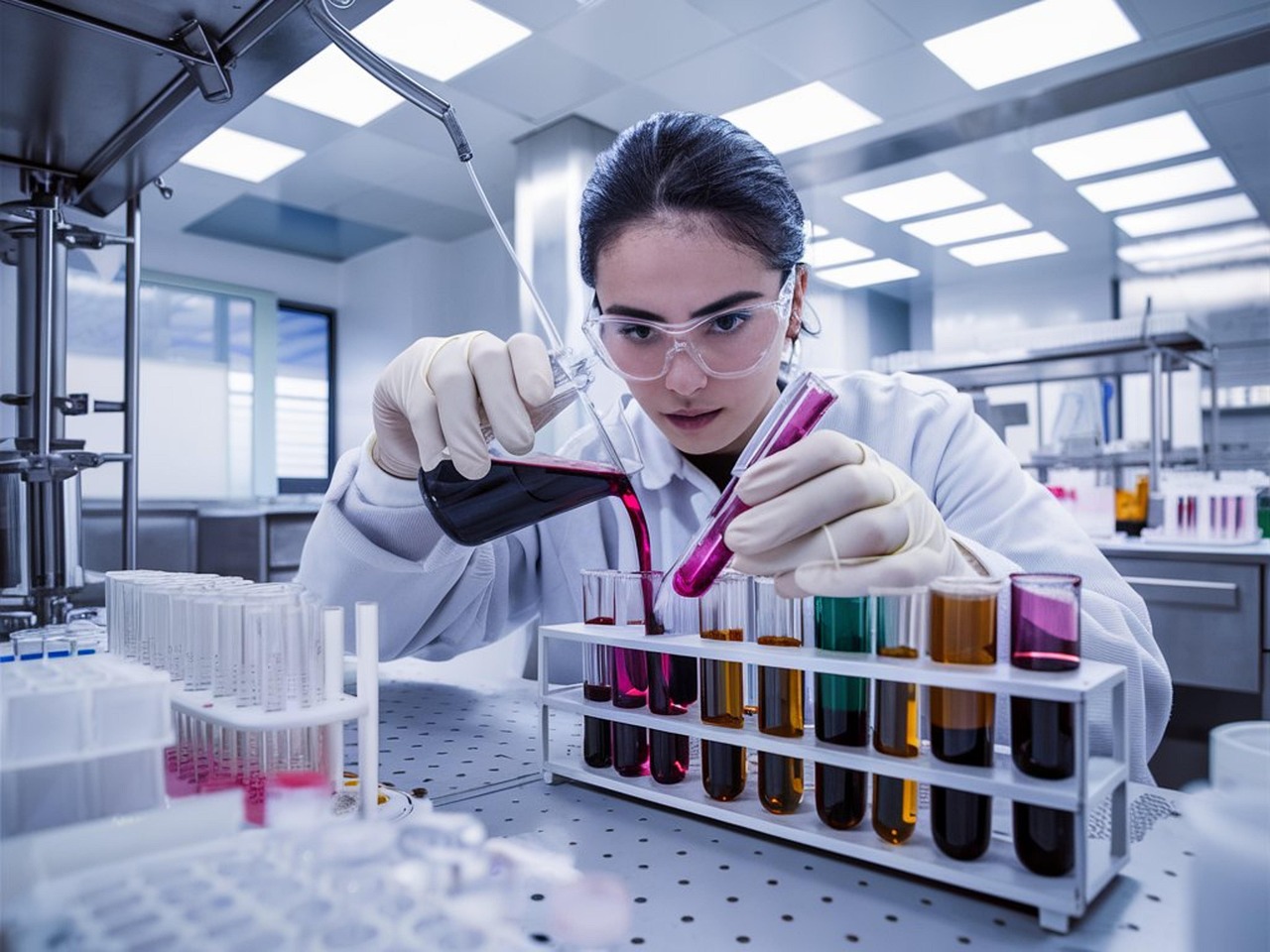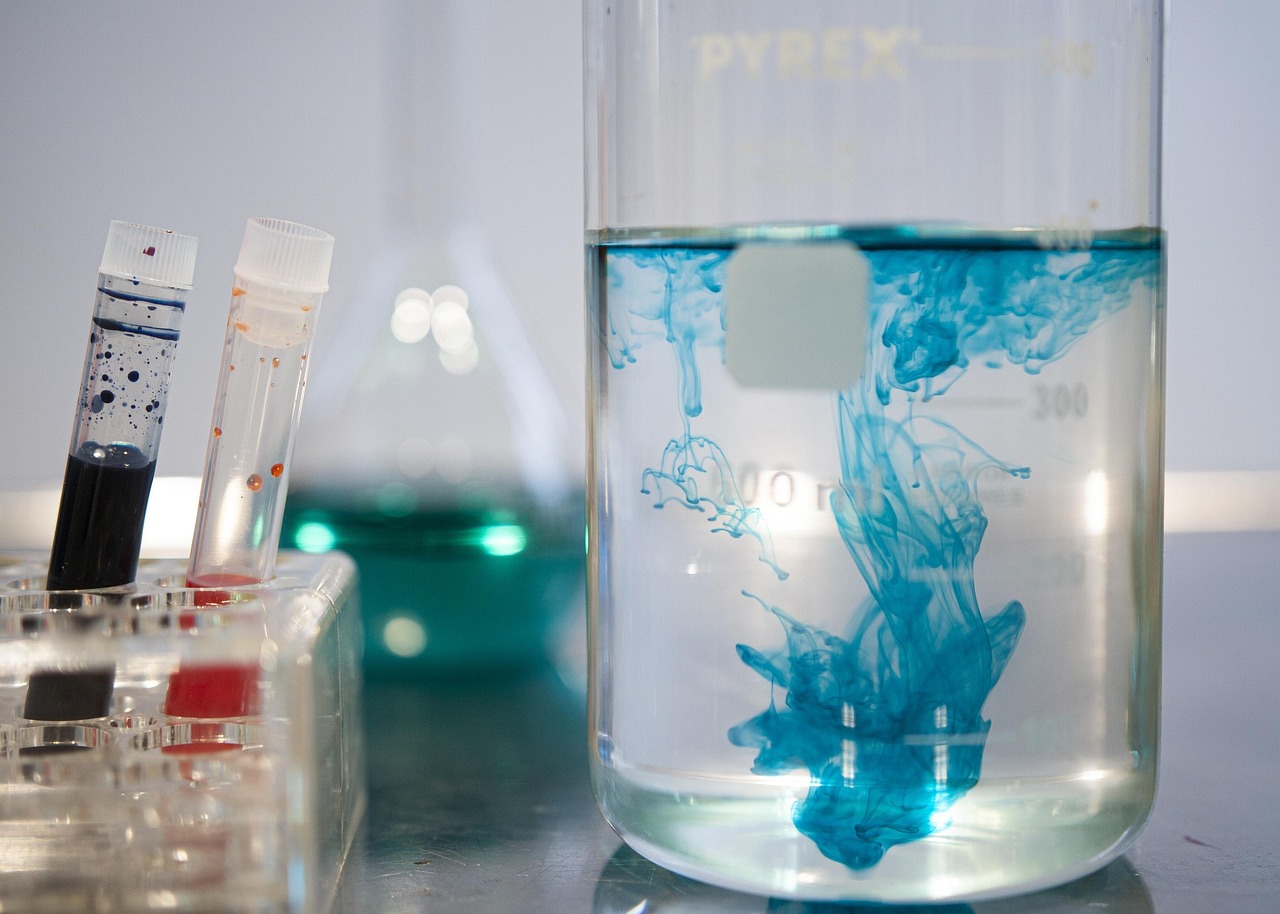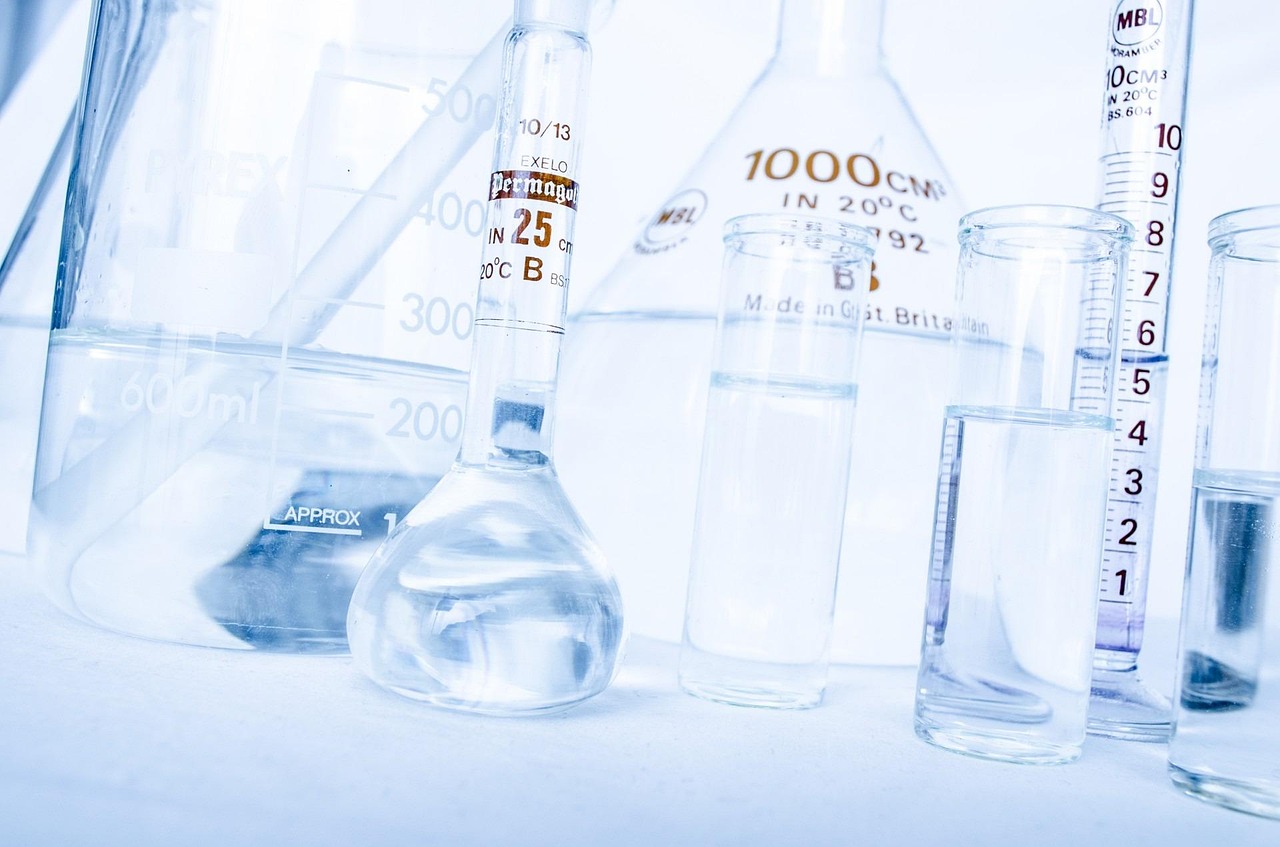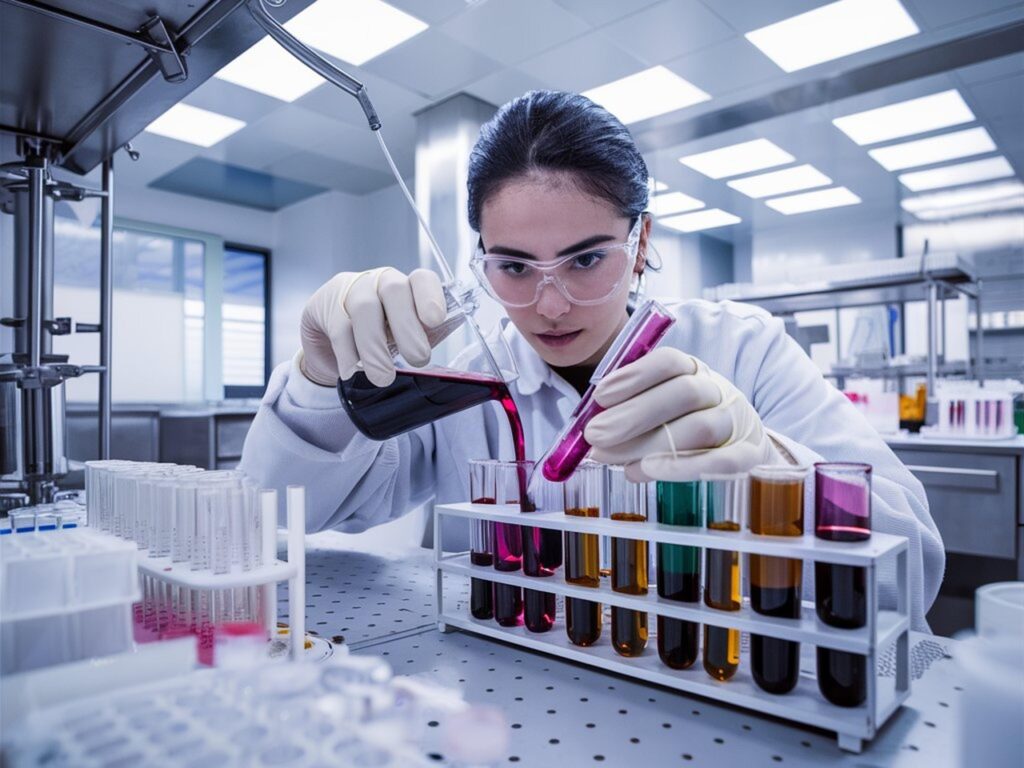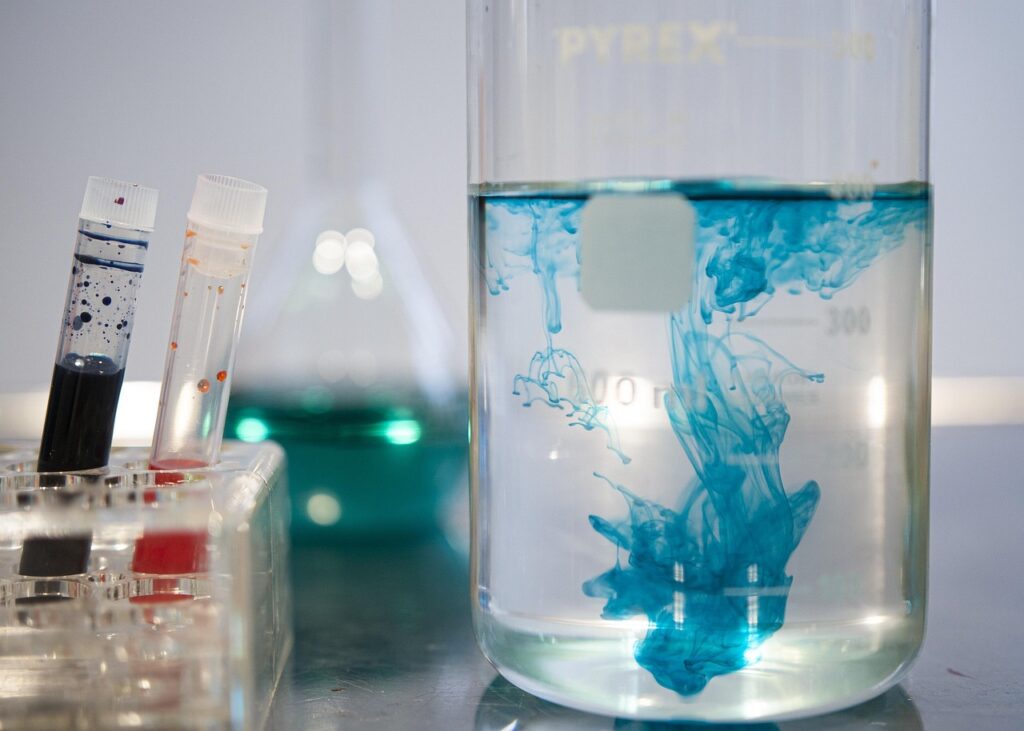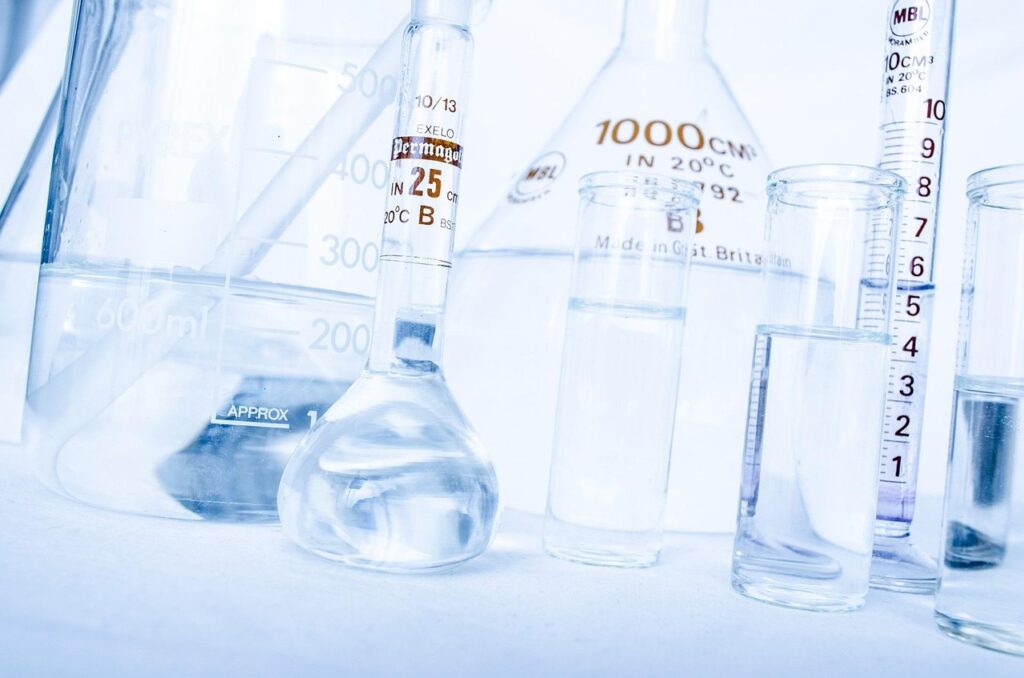Maintaining food safety and quality is crucial for public health in the complicated food industry of today. In order to guarantee that the food that reaches customers satisfies stringent regulatory requirements and is free of pollutants, allergies, and other risks, the food testing process is essential. The key components of the food testing process, the kinds of tests that are carried out, and their significance in preserving food safety are all broken down in this book.
Understanding the Food Testing Process
The Testing Process is an organized method that includes a number of laboratory tests intended to identify pollutants, assess nutritional value, and verify that food items meet legal criteria. To guarantee the safety and quality of food testing labs conduct a variety of studies, such as chemical, microbiological, and sensory testing. In order to produce food items that are safe and compliant, this multi-step procedure involves sample collection, analysis, and reporting.
Key Steps in the Food Testing Process
1. Sample Collection
Reliable testing is predicated on appropriate sample collection. To ensure that the food product accurately represents the entire batch, a representative sample is taken. To get reliable results in the testing process , samples must be collected, stored, and transported without contamination.
2. Preparation of Samples
Samples are prepared after they get to the lab. To produce a uniform mixture for analysis, the samples may need to be ground, blended, or homogenized. Reliable data from tests conducted later in the food testing process is ensured by accurate sample preparation.
3. Testing for Chemical Contaminants
Testing for chemical contaminants like pesticides, heavy metals, and additives is a crucial step in the Food Testing Process. Labs use advanced methods like gas chromatography and mass spectrometry to detect these contaminants at trace levels. This step is essential for identifying harmful chemicals that could pose health risks if consumed.
4. Microbiological Analysis
The dangerous bacteria, viruses, and other pathogens that can cause foodborne diseases are the focus of microbiological testing. Microbes are frequently identified using methods like enzyme-linked immunosorbent assay (ELISA) and polymerase chain reaction (PCR), which guarantee that the product is safe to eat. Since microbial contamination is more prevalent in high-risk foods like dairy and meat products, this step is especially crucial.
5. Nutritional Testing
Nutritional testing is used to verify the content of macronutrients, vitamins, and minerals as labeled on food packaging. This part of the Food Testing Process is essential for regulatory compliance, especially as consumers increasingly demand transparency regarding the nutritional value of their food.
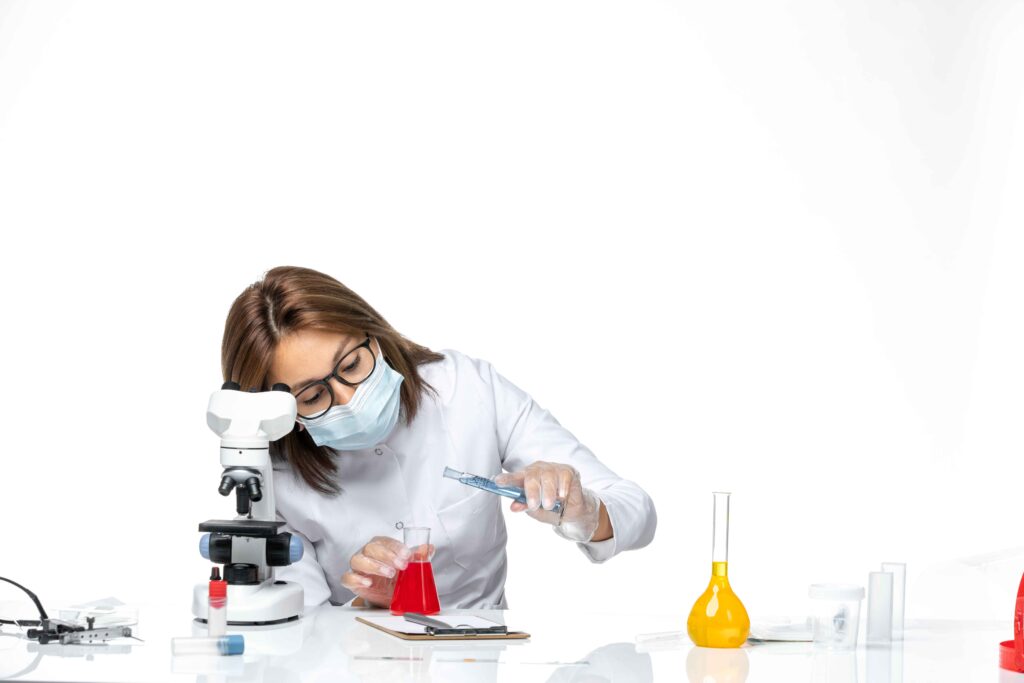
6. Allergen Detection
Allergen testing identifies traces of common allergens, such as peanuts, gluten, and dairy, in food products. This is a critical step to protect individuals with allergies, ensuring that cross-contamination is minimized. Testing labs employ sensitive methods like ELISA to detect even minute quantities of allergens
7. Sensory Evaluation
Food products are tested for taste, texture, aroma, and appearance using sensory evaluation. Despite being less scientific than other steps in the food testing process, this one offers important information on product consistency and consumer preferences.
8. Shelf Life and Stability Testing
Shelf life testing assesses how long a food product can retain its quality and safety under specific storage conditions. Stability testing in the Process helps companies determine expiration dates, which is essential for both regulatory compliance and consumer safety.
9. Data Analysis and Reporting
After completing the tests, the results are compiled and analyzed. Testing labs prepare detailed reports that include data on contaminants, nutritional content, allergens, and other metrics. These reports play a crucial role in verifying food quality, and companies use them to address any potential safety or quality issues before the product reaches the market.
Types of Food Testing in the Food Testing Process
This includes several types of testing, each targeting a specific aspect of food safety and quality:
- Chemical Testing: Detects pesticides, heavy metals, preservatives, and other chemical residues.
- Microbiological Testing: Identifies bacteria, viruses, and fungi that could lead to foodborne illnesses.
- Allergen Testing: Ensures food is free from cross-contamination with allergens.
- Nutritional Analysis: Verifies the amounts of proteins, fats, carbohydrates, vitamins, and minerals listed on labels.
- Shelf Life Testing: Determines the durability of the product in various storage conditions.
- Sensory Testing: Assesses taste, smell, and appearance, ensuring consistency and consumer appeal.
Why the Food Testing Process Matters
1. Protecting Public Health
Because it aids in the detection of pollutants and microorganisms that may cause serious illnesses, the food testing process is crucial to public health. Businesses lower the chance of foodborne illness outbreaks and shield consumers from possible health risks by thoroughly testing food goods.
2. Ensuring Regulatory Compliance
All food firms must adhere to national and international food safety rules. Businesses adhere to the guidelines established by regulatory bodies such as the FDA, USDA, and FSSAI (in India) by using the Food Testing Process. Serious repercussions, such as recalls, penalties, and harm to the brand’s reputation, may arise from noncompliance.
3. Building Consumer Trust
Because consumers depend on precise labeling and safety assurances, transparency in the food testing process contributes to the development of consumer trust. Customers are better able to make decisions when they are given clear information about ingredients, nutritional value, and shelf life, which improves brand loyalty and reputation.
4. Supporting Product Development
The Food Testing Process is also valuable during product development, as it ensures that new products meet safety and quality standards before launch. Companies use testing data to improve formulations, enhance quality, and identify any issues that might arise during storage or transportation.
Challenges in the Food Testing Process
The Testing Process is not without difficulties, despite its significance:
The intricacy of testing procedures: Advanced testing techniques can be more expensive because they need specific tools and skilled workers.
Cross-contamination risk: To prevent contamination during sample collection, processing, and testing, careful handling and strict protocols are necessary.
Regulatory Variability: It might be difficult for international food brands to meet standards in every market because different nations have different regulations.
Quick Developments in Technology: It can take a lot of resources for labs and businesses to stay up to date with the latest standards and practices as testing methods change.
The Future of the Food Testing Process
In response to shifting customer expectations and technological breakthroughs, the food testing process is changing. Testing is becoming more effective and dependable because to innovations like blockchain for traceability, automated sample processing, and AI-powered analysis. These advancements should make the food testing process faster, more economical, and even more precise in spotting possible risks and guaranteeing food safety.
Conclusion
In order to guarantee that food items are high-quality, safe, and nutritious, the food testing process is an essential part of the food industry. Consumers are safeguarded, regulatory compliance is supported, and brand trust is reinforced through a methodical methodology that incorporates chemical, microbiological, allergy, and sensory testing. Even though there are still issues, technological developments are improving the Food Testing Process’s dependability and effectiveness, which points to a safer food future for everybody.
It is impossible to overestimate the significance of a comprehensive and open food testing process as food safety regulations continue to climb. Businesses can confidently offer products that satisfy both consumers and regulators by thoroughly understanding and executing each phase.

